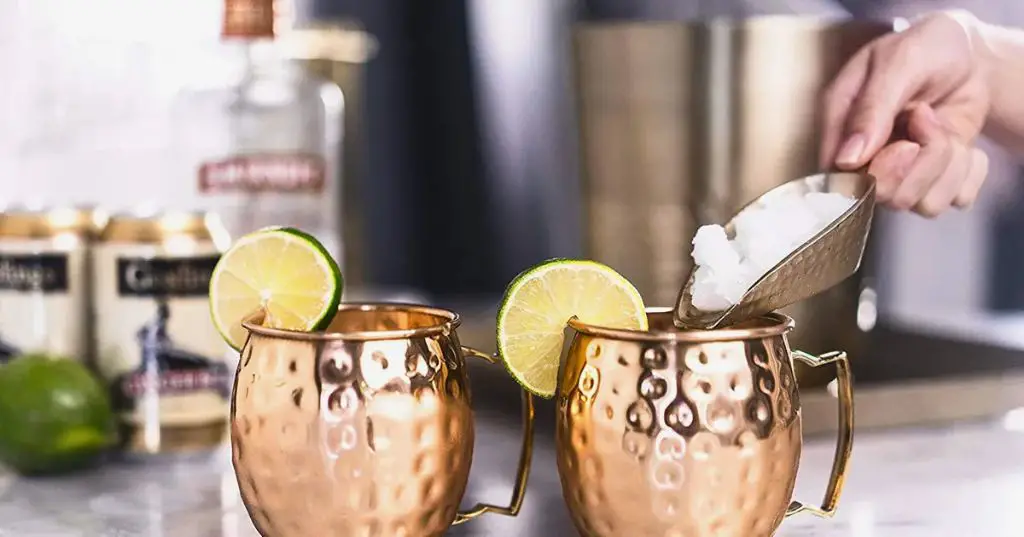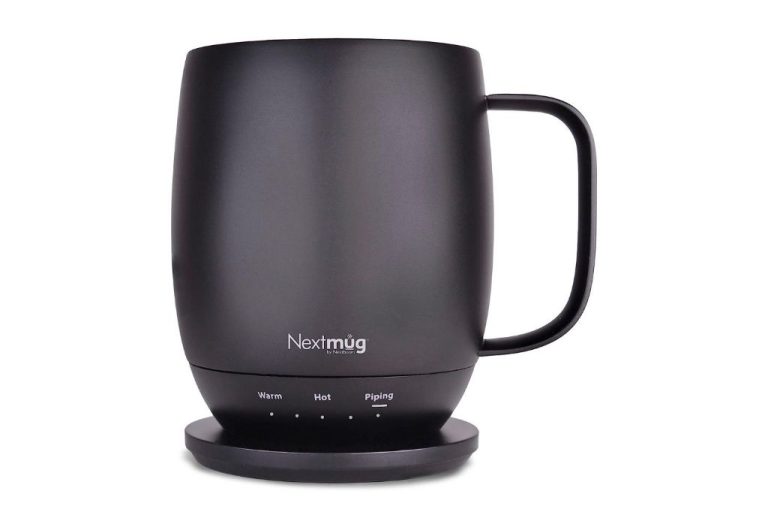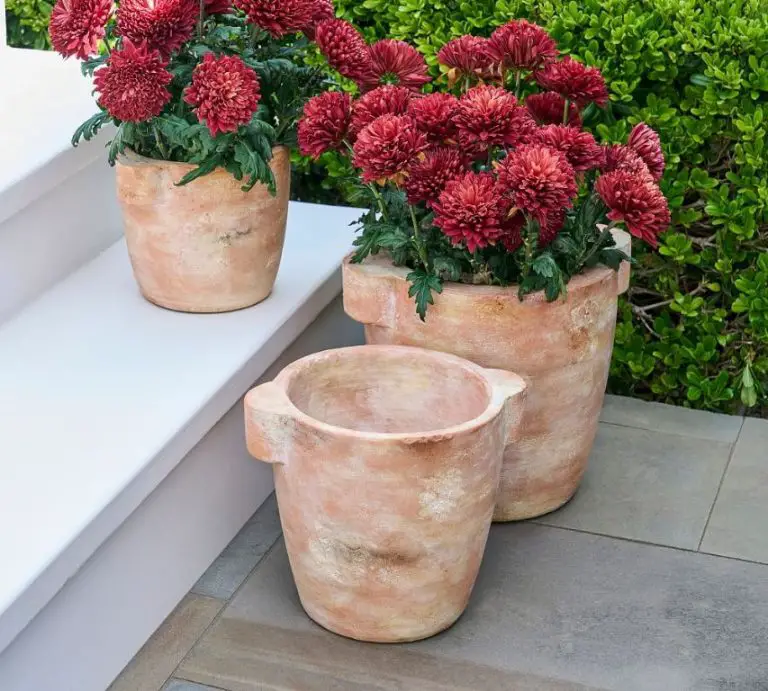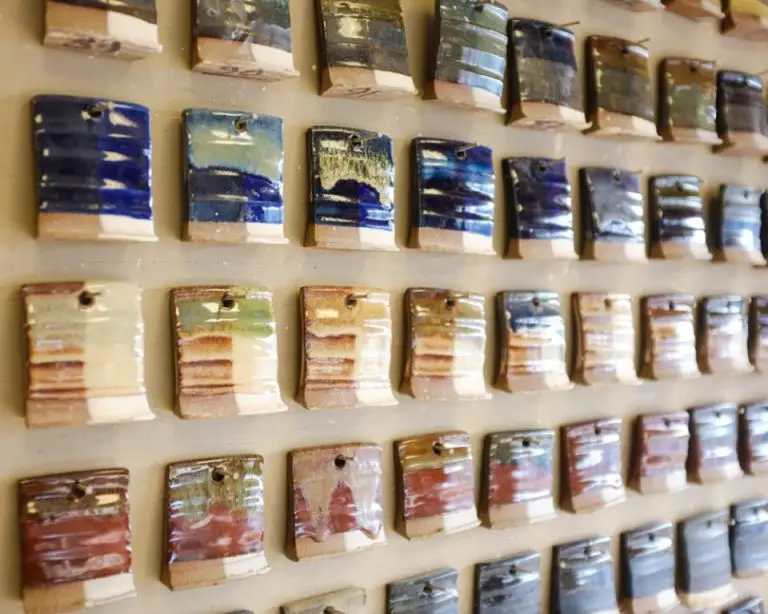What Is The Healthiest Material For Coffee Mugs?
When choosing a coffee mug, most people consider factors like style, size, and price. However, the material a mug is made from is one of the most important health considerations. Some materials like plastic and copper can leach chemicals into hot drinks over time. Other natural materials like bamboo and glass are generally safer options.
The safety of a mug also depends on factors like manufacturing processes and coatings used. With concerns about toxic materials like lead, BPA, and phthalates, it’s important to choose coffee mugs made from non-toxic materials. The healthiest mugs don’t contain chemicals that can seep into drinks and pose health risks with regular use.
In this article, we’ll compare the most common materials used to make coffee mugs – ceramic, glass, stainless steel, copper, plastic, silicone, and bamboo. We’ll look at the safety, durability, insulating ability, and environmental impact of each material. We’ll also make recommendations for the healthiest non-toxic coffee mugs based on key factors.
Ceramic
Ceramic mugs are one of the most popular and commonly used mug materials. Ceramic is an inorganic, non-metallic material that is hardened and shaped through heat and cooling. Ceramic mugs can be glazed or unglazed. Glazed ceramic mugs have a glass-like coating on the surface that makes them non-porous and easy to clean. Unglazed ceramic mugs absorb liquid and stain more easily.
Ceramic mugs have been used for centuries and continue to be ubiquitous due to their durability, heat retention abilities, and customizable designs. They are affordable, lightweight, and produced globally. However, low quality ceramic mugs, especially imported ones, can potentially leach lead and other heavy metals during heating and cooling processes. Reputable ceramic mug manufacturers test for lead and other toxins. When sourcing ceramic mugs, look for ones made locally or explicitly labeled as lead-free. Ceramic mugs made in countries with more stringent regulations around heavy metal limits, like the US, Germany, and Japan, are generally safer.
With proper manufacturing and testing, ceramic can be one of the most inert and safe mug materials. But the production process and origin must be vetted to avoid toxins. Well-made ceramic mugs are an extremely popular choice due to their classic look and effective functionality.
(Sources: https://www.quora.com/Are-ceramic-cups-bad-for-health-I-saw-a-ceramic-mug-having-black-colour-on-Amazon-What-is-the-colour-of-a-healthy-ceramic-cup, https://www.ruanliving.com/blog/non-toxic-mugs-ceramic-clay)
Glass
Glass mugs are a popular choice for hot and cold beverages due to their sleek appearance and durability. Glass is an inert material that does not react with foods or drinks. This makes it safe for hot coffee, tea, and other drinks without leaching chemicals (The Guardian, 2022).
However, some types of glass may contain lead, cadmium, or other toxic metals that can leach into drinks, especially acidic drinks like coffee or tea. Colored glass is more likely to contain these metals as they are often added to produce certain colors (Crystalia, 2022). Look for lead-free glass that is tested to be food safe. High-quality borosilicate glass is a good option as it is resistant to shattering from hot liquids.
The slick surface of glass allows for easy cleaning. Glass mugs won’t absorb stains, odors, or flavors like other materials. However, glass can chip or shatter if dropped. Glass is also not as good at retaining heat compared to materials like ceramic.
Stainless Steel
Stainless steel has become a popular material for coffee mugs and travel mugs in recent years. Stainless steel is alloyed with chromium and other metals to make it resistant to corrosion. This also makes it inert, meaning it does not react with acidic drinks like coffee or tea (1).
Stainless steel mugs like those made by brands like Yeti and RTIC keep drinks hot or cold for hours. Stainless steel is durable and does not break as easily as materials like glass or ceramic. It’s also lightweight (2).
Some concerns around stainless steel include the potential for lead to leach from low quality stainless steel. Lead exposure can be harmful to health. However, high quality food-grade stainless steel that is nickel and lead-free is considered safe for contact with food and drinks (3).
Stainless steel is not reactive to acidic drinks, but very acidic drinks like lemon juice left in contact with stainless steel for a prolonged time can cause pitting or corrosion over time. This is mostly a cosmetic concern rather than a health concern (4).
Sources:
(1) https://www.saraverdier.com/is-stainless-steel-safe-to-drink-from/
(2) https://www.saraverdier.com/is-stainless-steel-safe-to-drink-from/
(3) https://www.saraverdier.com/is-stainless-steel-safe-to-drink-from/
(4) https://www.saraverdier.com/is-stainless-steel-safe-to-drink-from/
Copper
Copper mugs have become increasingly popular in recent years due to the presumed health benefits of drinking from copper vessels. Some proponents claim that copper can aid digestion, boost metabolism, and increase energy levels. According to advocates, copper helps regulate the functioning of the liver and kidneys, stimulates the production of hemoglobin, and facilitates iron absorption in the body. Additionally, copper is known to have antimicrobial properties that make copper mugs self-sanitizing.

However, there are also potential risks associated with overexposure to copper. High amounts of copper are poisonous and can cause vomiting, diarrhea, stomach cramps, nausea, and other side effects. The pH level and temperature of beverages can allow for increased leaching of copper into the drink when stored in a copper mug over time. According to researchers at Montana Tech, Moscow Mules contain unsafe levels of copper after sitting in a copper mug for less than 30 minutes (https://www.usnews.com/news/health-news/articles/2022-02-11/dont-nurse-that-moscow-mule-it-could-be-a-health-hazard). The EPA has set standards limiting copper exposure from water to avoid toxicity.
While occasional use of copper mugs is likely safe for most people, experts recommend using them in moderation and avoiding acidic drinks that can cause copper to leach at higher rates. More research is still needed to fully understand the pros and cons of drinking from copper vessels over the long term.
Plastic
Plastic is cheap and easy to manufacture, making it a popular material for disposable cups. Some of the most common plastics used for disposable cups include polypropylene (PP) and polystyrene (PS).
Polypropylene is a lightweight plastic sometimes labelled as a number 5 plastic. It can withstand high temperatures, making it suitable for hot drinks. However, some studies suggest that plastic cups may leach chemicals into hot beverages over time. One study found that drinking coffee from polypropylene cups increased exposure to bisphenol A (BPA) (https://pubmed.ncbi.nlm.nih.gov/33882786/).
Polystyrene is sometimes labelled as a number 6 plastic. It is an inexpensive plastic that keeps condensation from forming on the outside of cups. However, polystyrene cannot withstand high temperatures and is not recommended for hot beverages. Chemicals from polystyrene cups can also leach into food and drinks.
While some plastics are BPA-free, harmful chemicals can still leach out of them. With repeated heating and washing, plastic cups tend to degrade faster over time. Tiny microplastics can also be released into the beverage during each use (https://www.foodpackagingforum.org/news/microplastic-exposure-through-drinking-cups-and-human-health-impacts). For this reason, plastic reusable cups may not be the healthiest choice despite being affordable and lightweight.
Silicone
Silicone is a popular material for coffee mugs and other drinkware because it is durable, flexible, and
insulating. When it comes to safety, food-grade silicone is considered safe for contact with foods and beverages. Food-grade silicone does not contain any toxic chemicals and will not leach dangerous substances when used properly.
According to expert sources (https://innobaby.com/blogs/blog/a-deep-dive-into-silicone-food-safety), food-grade silicone does not react with foods or beverages and it can withstand repeated use and cleaning without breaking down. Silicone is heat resistant up to about 400°F, making it suitable for hot beverages. It does not contain BPA, PVC, latex, or phthalates. When used for coffee mugs and drinkware, silicone is an inert, non-toxic material that keeps drinks hot while remaining cool to the touch.
Compared to other plastics, silicone is considered very safe for food contact and does not leach potentially harmful chemicals under normal use conditions. As long as the silicone is certified food-grade quality, it can be safely used for coffee mugs and other drinkware.
Bamboo
Bamboo is a grass that is an increasingly popular material for reusable coffee mugs. Mugs made from bamboo have become common due to the perception that bamboo is an environmentally friendly and sustainable material. Bamboo is very fast growing compared to trees, maturing much quicker which enables more rapid replenishment. It also absorbs more carbon dioxide from the atmosphere than slower growing trees.1 Using bamboo can help reduce deforestation associated with wood products. Additionally, bamboo can be continually harvested without needing to replant since it regrows from its root system. For these reasons, bamboo has developed an eco-friendly reputation as a renewable and sustainable resource.
Comparison
When comparing the different materials for coffee mugs, there are pros and cons to each option:
Ceramic mugs are durable, retain heat well, and are eco-friendly since they can be reused. However, they can break if dropped. Glass mugs also retain heat but are more prone to breaking. Stainless steel mugs are very durable and retain heat but can impact flavor. Copper mugs look attractive but can leach copper into hot liquids. Plastic mugs are affordable but not as eco-friendly or durable over time. Silicone mugs are safe, flexible and durable but may not retain heat as well. Bamboo mugs are sustainable but may absorb odor and stain over time.
Overall, ceramic and glass rank well for heat retention and eco-friendliness if handled with care. Stainless steel is ideal for durability. Plastic or silicone can work for portable mugs. Bamboo is sustainable but has some drawbacks for daily use. The optimal material depends on the specific needs – whether hot drink retention, durability, portability or sustainability is the priority.
Recommendation
Based on health factors, the best materials for coffee mugs are glass, porcelain ceramic, and stainless steel.
Glass mugs made from soda-lime silicate or borosilicate glass are considered safe and inert. They don’t leach chemicals into beverages and can withstand repeated high heat from dishwashers and microwaves. Glass is non-porous and impermeable, so it won’t absorb stains or odors either. Just check that any paint or enamel used for decoration is lead-free.
Porcelain ceramic mugs are also an excellent choice. Porcelain is made from kaolin clay and feldspar fired at very high temperatures, making it non-porous and resistant to leaching. When produced by reputable manufacturers using lead-free glazes, porcelain mugs are durable, inert, and safe.
High quality food-grade stainless steel is another great option, as it’s non-porous, sturdy, and resistant to odors and stains. Stainless steel doesn’t leach chemicals either. Opt for mugs made from 18/8 or 18/10 stainless steel.
Any of these three materials – glass, porcelain ceramic, or stainless steel – make for healthy, non-toxic mugs that can safely be used daily.




